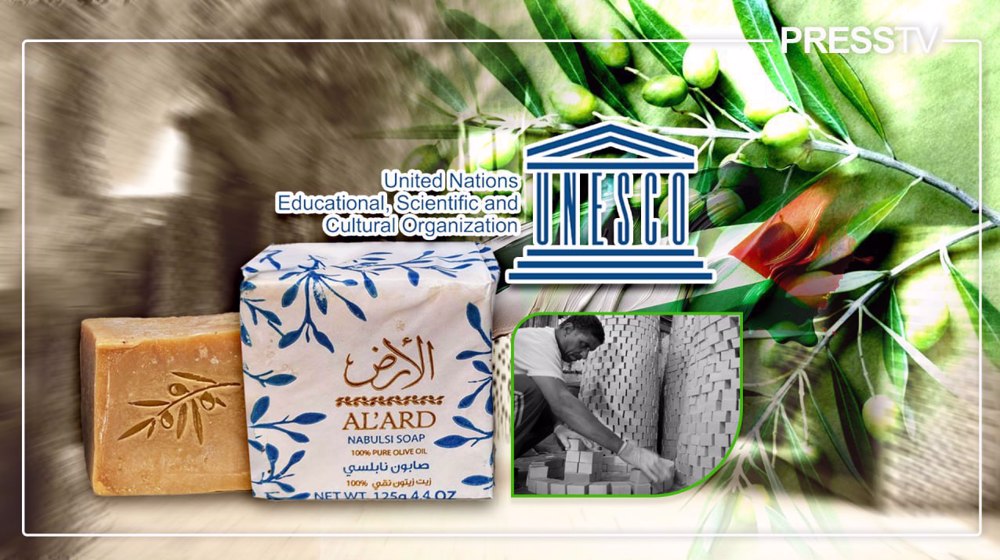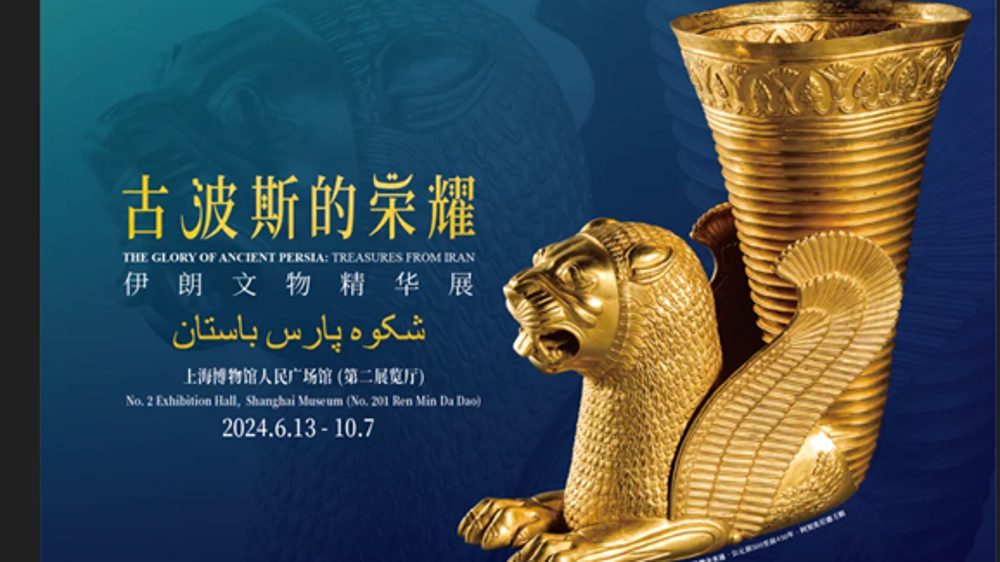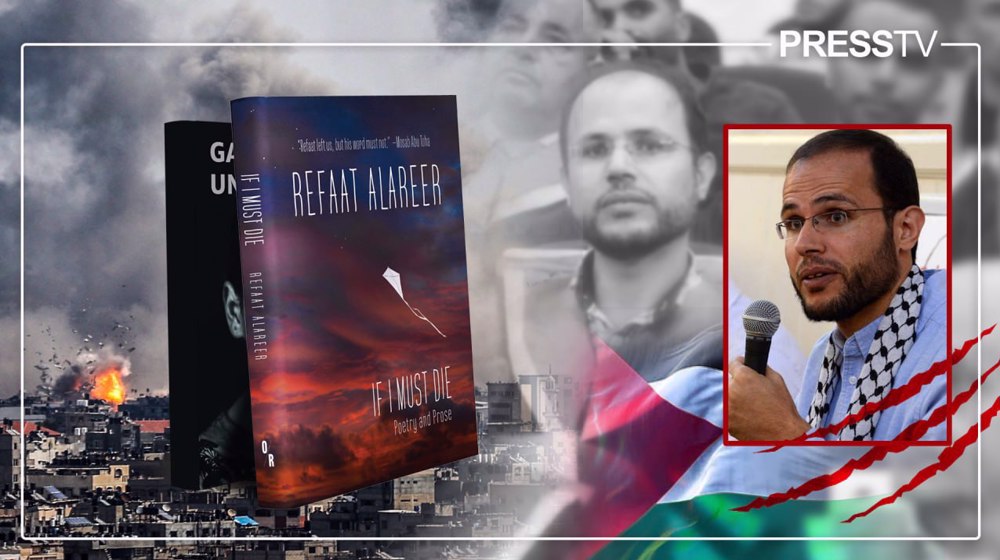Iran exhibition revives traditional calligraphy styles
The Iranian island of Qeshm hosts an art exhibition in an attempt to revive traditional Persian calligraphy styles used for copying the holy Qur’an.
The event showcases over 114 Qur’anic calligraphy works by Iranian artist Abolfazl Khazaei.
“The works display forgotten Persian calligraphy styles such as Naskh and Tuluth, which have been rarely used in copying the holy Qur’an or Qur’anic artworks,” Khazaei said.
According to Khazaei, Naskh and Tuluth scripts were used to copy the holy Qur’an during the late Qajar era and early Pahlavi era, but they were gradually replaced by Nasta’liq style.
Art lovers can also take part in calligraphy classes held by Khazaei on the sidelines of the exhibition. The event will run until July 24, 2015.
Naskh and Thuluth first became popular as two basic calligraphy styles in the 11th century.
Developed during the Seljuk dynasty, Naskh was first used for every day correspondence and in copying literary works.
The key figure in the development of Naskh was Ibn Muqla, an Abbasid minister, who systematized it into a more sophisticated art to be used in copying the holy Qur'an.
Thuluth was distinguished by its round characters, often used in writing titles. The changes made to this writing style over the centuries can be seen on architecture, metal works, textiles and glass works.
Born in 1983, Abolfazl Khazai is one of the most prominent Iranian artists, who has learnt Persian calligraphy from veteran artists such as Hossein Amirkhani and Hossein Najafi.
Relentless Israeli ceasefire violations justify need for self-defense: Lebanese MP
Tel Aviv tells Damascus Israeli forces will remain in occupied territory: Report
Dec. 22: ‘Axis of Resistance’ operations against Israeli occupation
‘Abhorrent’: Oxfam says only 12 trucks delivered aid in North Gaza since Oct.
VIDEO | Leader receives religious eulogists on Hazrat Fatima birth anniv.
Pope Francis slams Israel’s ‘machine-gunning’ of Gaza children
US hostage-taking of Iranian nationals violation of intl. law: Deputy FM
VIDEO | Carol Singers for Palestine on London’s Parliament Square










 This makes it easy to access the Press TV website
This makes it easy to access the Press TV website